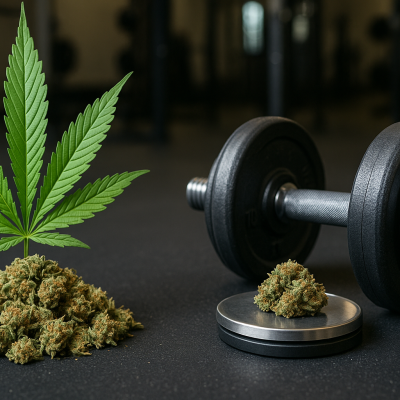
Fitness Programs for Older Adults: Embracing Strength, Longevity, and Quality of Life
As the global population ages, the fitness industry is experiencing a significant shift toward creating programs tailored specifically for older adults. This trend is not just about keeping seniors active; it’s about empowering them to lead healthier, more independent, and fulfilling lives. Here’s why fitness for older adults is trending, and how these programs are making a difference.
Why Focus on Older Adults?
People are living longer than ever before, and with longevity comes the desire to maintain a high quality of life. Regular physical activity is proven to reduce the risk of chronic diseases, improve mobility, boost mental health, and enhance social connections. For older adults, exercise is a key factor in preserving independence and preventing falls, which are a leading cause of injury in this age group.
What Makes Fitness Programs for Older Adults Unique?
Unlike generic fitness routines, programs for older adults are designed with specific needs in mind. They often focus on functional movements that mimic daily activities, such as standing up from a chair, reaching overhead, or maintaining balance while walking. These exercises help build strength, flexibility, and coordination, all of which are crucial for everyday living.
Classes are typically led by instructors trained in senior fitness, who understand how to modify exercises for different ability levels and medical conditions. There’s also an emphasis on creating a welcoming, social environment, which can help combat loneliness and encourage regular participation.
Popular types of programs
Some of the most popular fitness options for older adults include group classes like chair yoga, water aerobics, tai chi, and low-impact strength training. Many gyms and community centers now offer “Silver Sneakers” or similar programs, which are specifically designed for seniors and often covered by health insurance plans.
Technology is also playing a role, with virtual classes and fitness apps making it easier for older adults to stay active at home. These digital solutions can be especially valuable for those with mobility challenges or who live in remote areas.
The Benefits Go Beyond the Physical
While the physical benefits of exercise are well-documented, fitness programs for older adults also support mental and emotional well-being. Regular activity can reduce symptoms of depression and anxiety, improve cognitive function, and provide a sense of accomplishment. The social aspect of group classes fosters friendships and community, which are vital for healthy aging.
Getting Started
For older adults interested in starting a fitness program, it’s important to consult with a healthcare provider first, especially if there are existing health concerns. Starting slowly and choosing activities that are enjoyable increases the likelihood of sticking with a routine. Many programs offer free trial classes or beginner sessions to help newcomers feel comfortable.
Conclusion
Fitness programs for older adults are more than a trend – they’re a movement toward healthier, happier aging. By focusing on strength, balance, flexibility, and social connection, these programs are helping seniors embrace life with confidence and vitality. Whether in a gym, a community center, or at home, it’s never too late to start moving and enjoy the benefits of an active lifestyle.









